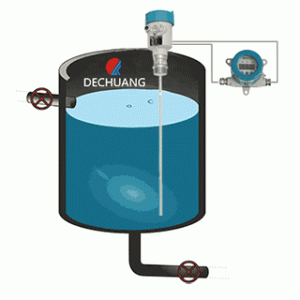Ultrasonic vs. Radar: A Comparative Study of Advanced Level Measurement Techniques
Level measurement is of paramount importance in various industries. Inaccurate measurement can either underestimate or overestimate the height of the product inside a tank, leading to subsequent problems. If the level is underestimated, it can damage equipment. Conversely, if the level is overestimated, it can result in overflow and potential hazards. Therefore, precise level measurement not only ensures accurate performance but also saves time and غير مجاز مي باشدt.
Various methods and tools, collectively known as level sensors, are used for level measurement. Ultrasonic and radar techniques are among the most widely used methods. Which method would you choose? Comparing ultrasonic and radar-level sensors can aid in your decision-making.
There are many differences between ultrasonic and radar-level sensors. For instance, the price of these sensors varies significantly. In this article from Datis, we delve deeper into the differences between these two methods to help you select the best option. So, stay with us till the end.
How Ultrasonic Level Measurement Works

In ultrasonic level measurement, ultrasonic waves are emitted towards the product’s surface inside a tank. These waves are reflected to the sensor upon hitting the product surface due to the density difference between the product and the air. The time taken for the waves to travel to the surface and back is directly related to the material level and the distance to the sensor. Thus, measuring this time provides an accurate indication of the material level inside the tank.
The ultrasonic method is one of the most غير مجاز مي باشدt-effective and straightforward methods for level measurement. As a non-contact technique, ultrasonic level measurement is used for continuous level monitoring. Some ultrasonic-level sensor models can measure distances up to several meters. This method offers numerous advantages.
Characteristics of the product, such as density, dielectric constant, and moisture content, do not affect its performance. It is easy to install and set up, requiring minimal maintenance. Calibration can be performed without the need to empty and refill the tank. Additionally, ultrasonic level sensors are relatively affordable. However, there are some drawbacks to this method that can be identified through a comparison with other methods.
for more info, you can check our products or blogs, you can also check our website.
برچسب: Level Measurement Techniques,Level Measurement, ultrasonic, radar،